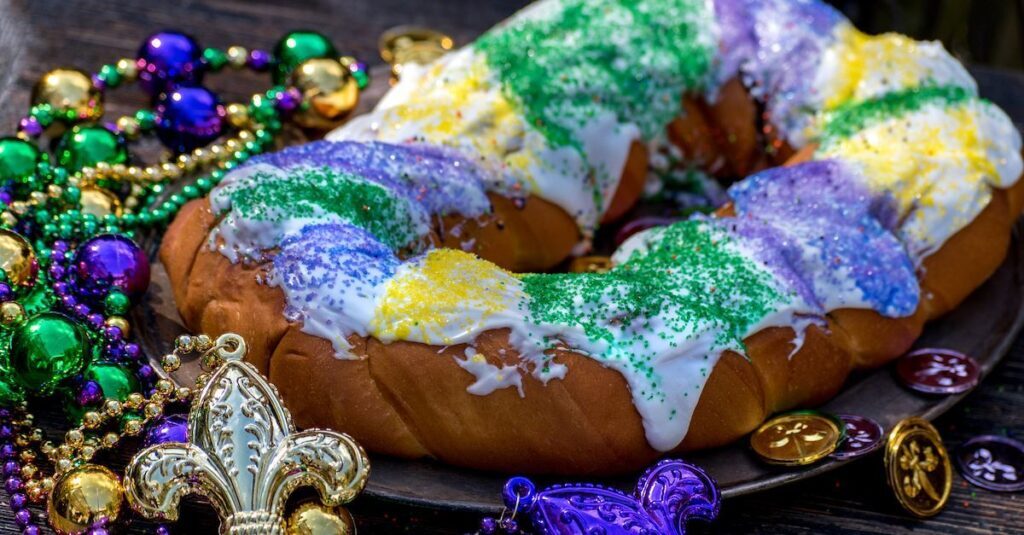Fat Tuesday: A Celebration of Indulgence Before Lent
Fat Tuesday, also known as Mardi Gras, is a festive celebration that takes place the day before Ash Wednesday, which marks the beginning of Lent in the Christian calendar. The name “Fat Tuesday” refers to the practice of eating rich foods before the fasting of Lent begins. Mardi Gras is a time of indulgence, revelry, and celebration, with parades, costumes, music, and the consumption of traditional foods and drinks.The origins of Fat Tuesday can be traced back to ancient pagan festivals, but it has since been adopted and adapted by various Christian denominations, particularly in Catholic and some Protestant traditions. In this comprehensive guide, we will explore the history, traditions, and significance of Fat Tuesday, as well as provide a FAQ section to answer common questions about this festive occasion.
History of Fat Tuesday
The roots of Fat Tuesday can be found in ancient pagan festivals that celebrated the arrival of spring and the end of winter. These festivals often involved feasting, drinking, and the consumption of rich foods before the fasting and austerity of the spring season began.As Christianity spread throughout Europe, these pagan festivals were gradually absorbed into the Christian calendar. The Catholic Church, in particular, embraced the idea of a period of indulgence before the penitential season of Lent. The name “Mardi Gras” comes from the French words meaning “Fat Tuesday,” referring to the practice of eating rich, fatty foods before the fasting of Lent began.The earliest recorded celebration of Mardi Gras in the United States took place in Mobile, Alabama, in 1703. However, the most famous and elaborate celebrations of Fat Tuesday occur in New Orleans, Louisiana, which has been hosting Mardi Gras festivities since the 1730s.
Traditions and Customs of Fat Tuesday
Fat Tuesday is celebrated in a variety of ways around the world, but there are some common traditions and customs that are associated with this festive occasion:
- Parades: One of the most iconic features of Fat Tuesday celebrations is the parade. Cities like New Orleans, Mobile, and Rio de Janeiro host elaborate parades with colorful floats, marching bands, and costumed participants.
- Costumes: Wearing costumes and masks is a central part of Fat Tuesday celebrations. The tradition of wearing masks dates back to ancient pagan festivals and is believed to have been adopted by the Catholic Church as a way to encourage people to let go of their inhibitions and indulge in the festivities.
- Music: Fat Tuesday celebrations are often accompanied by lively music, particularly jazz, brass bands, and Cajun and Creole music in the case of New Orleans.
- Food and Drink: Eating rich, fatty foods is a key part of Fat Tuesday celebrations. Traditional foods include king cake, a sweet bread with a hidden trinket inside, and jambalaya, a spicy rice dish. Alcoholic drinks like hurricanes and hand grenades are also popular in New Orleans.
- Beads and Trinkets: Revelers often throw beads, doubloons, and other trinkets from parade floats to the crowds below. Catching these trinkets is considered good luck.
- Balls and Parties: Many cities host elaborate balls and parties during the Mardi Gras season, with guests dressing in formal attire and masks.
Significance of Fat Tuesday
Fat Tuesday holds significance for both secular and religious reasons. From a secular perspective, it is a time of celebration, indulgence, and letting go of inhibitions before the austerity of Lent begins. The traditions of wearing costumes, throwing beads, and consuming rich foods and drinks are all ways of embracing the spirit of excess and revelry that characterizes Fat Tuesday.From a religious perspective, Fat Tuesday is significant because it marks the end of the Epiphany season and the beginning of Lent. In the Catholic Church, Lent is a period of fasting, prayer, and repentance that lasts for 40 days (not counting Sundays) and culminates in the celebration of Easter. Fat Tuesday is seen as a last chance to indulge in worldly pleasures before the penitential season of Lent begins.The practice of eating rich, fatty foods on Fat Tuesday is also significant because it reflects the need to use up perishable foods before the fasting of Lent begins. In the past, when refrigeration was not available, people would need to consume these foods quickly before they spoiled.
Frequently Asked Questions
Q: When is Fat Tuesday?
A: Fat Tuesday always falls the day before Ash Wednesday, which marks the beginning of Lent. The date of Fat Tuesday varies each year, but it always falls between February 3 and March 9.
Q: What is the difference between Fat Tuesday and Mardi Gras?
A: Fat Tuesday and Mardi Gras are essentially the same thing. “Mardi Gras” is the French term for “Fat Tuesday,” referring to the practice of eating rich, fatty foods before the fasting of Lent begins.
Q: Why do people wear costumes and masks on Fat Tuesday?
A: The tradition of wearing costumes and masks on Fat Tuesday dates back to ancient pagan festivals and was later adopted by the Catholic Church. Wearing masks is believed to encourage people to let go of their inhibitions and indulge in the festivities.
Q: What is king cake?
A: King cake is a sweet bread that is traditionally eaten during the Mardi Gras season. It is made with a yeast dough that is filled with cinnamon, sugar, and sometimes fruit or cream cheese. A small trinket, often a plastic baby, is hidden inside the cake, and whoever finds it is said to have good luck.
Q: Why do people throw beads and trinkets from parade floats?
A: Throwing beads, doubloons, and other trinkets from parade floats is a tradition that dates back to the early 20th century in New Orleans. Catching these trinkets is considered good luck, and revelers often compete to catch as many as possible.
Q: Is Fat Tuesday celebrated in other countries besides the United States?
A: Yes, Fat Tuesday celebrations take place in many countries around the world, particularly in Catholic and some Protestant traditions. Some of the most famous celebrations occur in Brazil (Carnival), Italy (Carnevale), and the United Kingdom (Pancake Day).
Relevant Information
| Topic | Link |
|---|---|
| Mardi Gras | Wikipedia |



